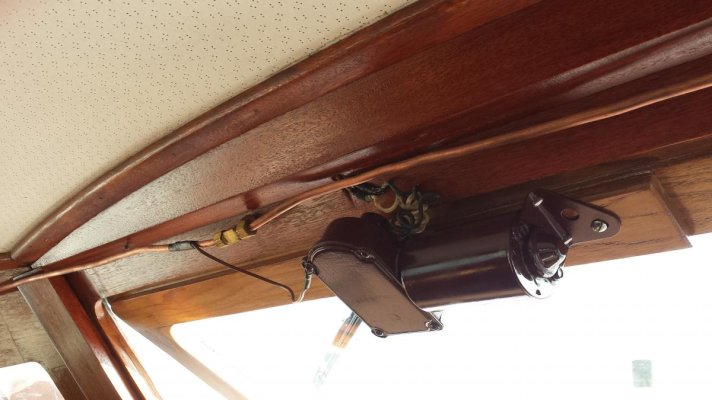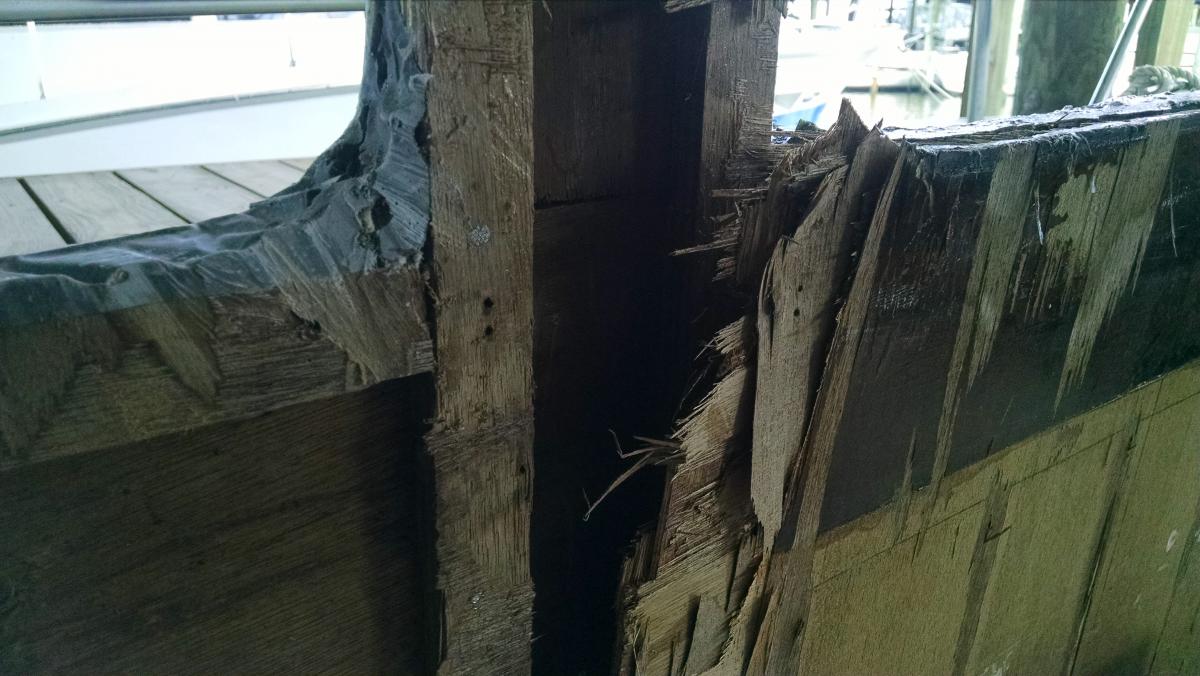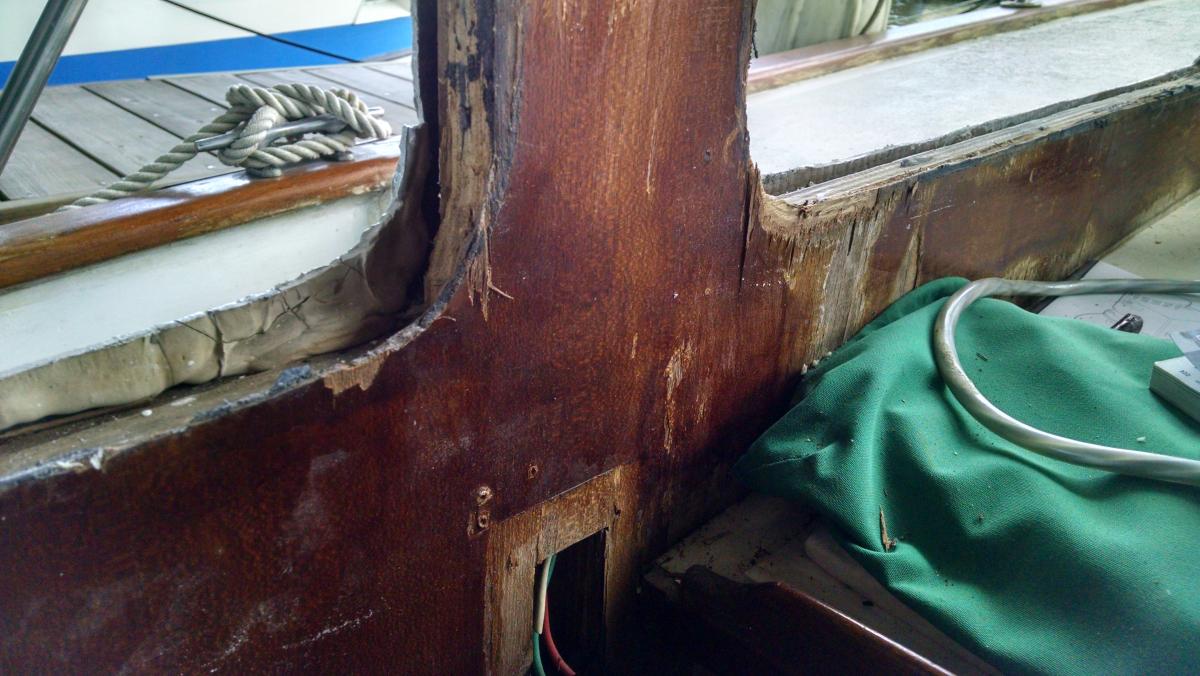David Pascoe has an article on leaking windows.
With this type of boat, the Hwa trawler, the problem is that it has a flybridge on top of the cabin, so you basically have people walking around on the windows. Since the windows are leaking, that indicates that the structural support for the flybridge is insufficient. This is not something that can be easily corrected, because the only solution is to reinforce the flybridge (or not use it all).
Making structural reinforcements to a boat is difficult and expensive, because you are basically re-designing the boat. Another issue is time: you are looking at an entire season in a boatyard taking apart the whole flybridge and rebuilding it. The cost could easily be $20,000 or more. You probably want to hire an engineer to do the re-design. Note that reinforcing the flybridge could involve pillars or posts going to the frame, so you could be cutting holes through the main deck and stuff.
Then, after you do all that work on the flybridge, you have to redo all the windows...





